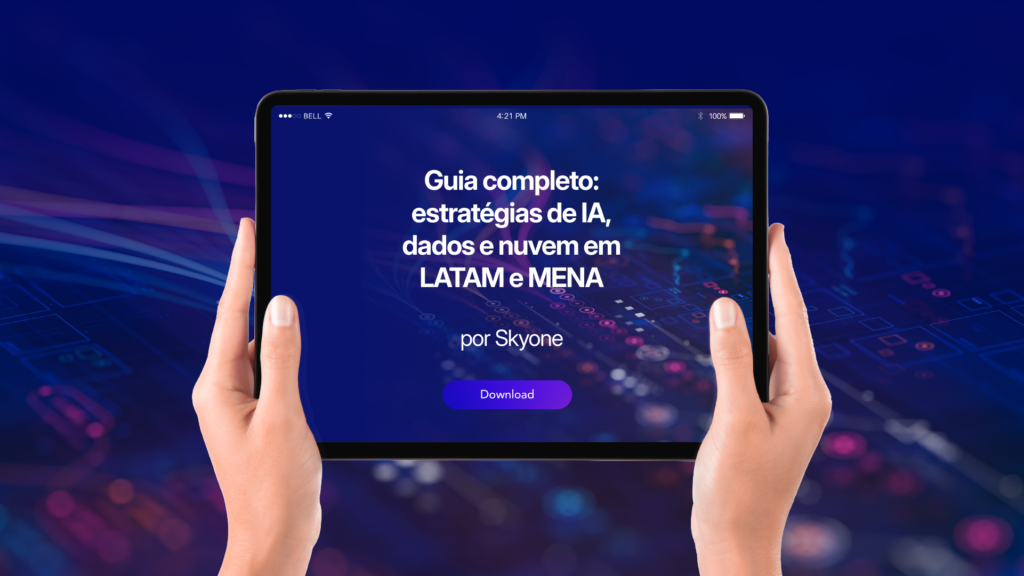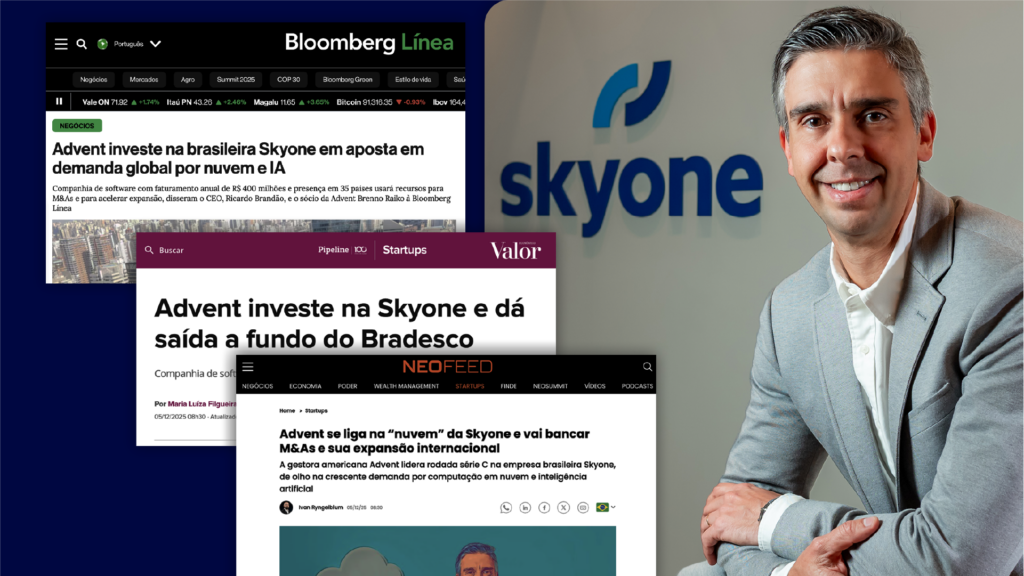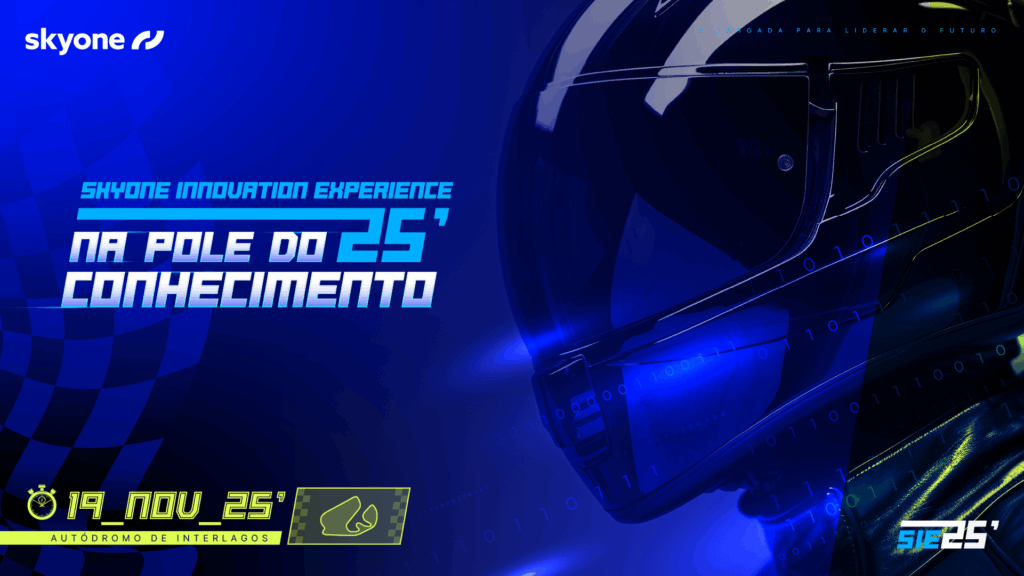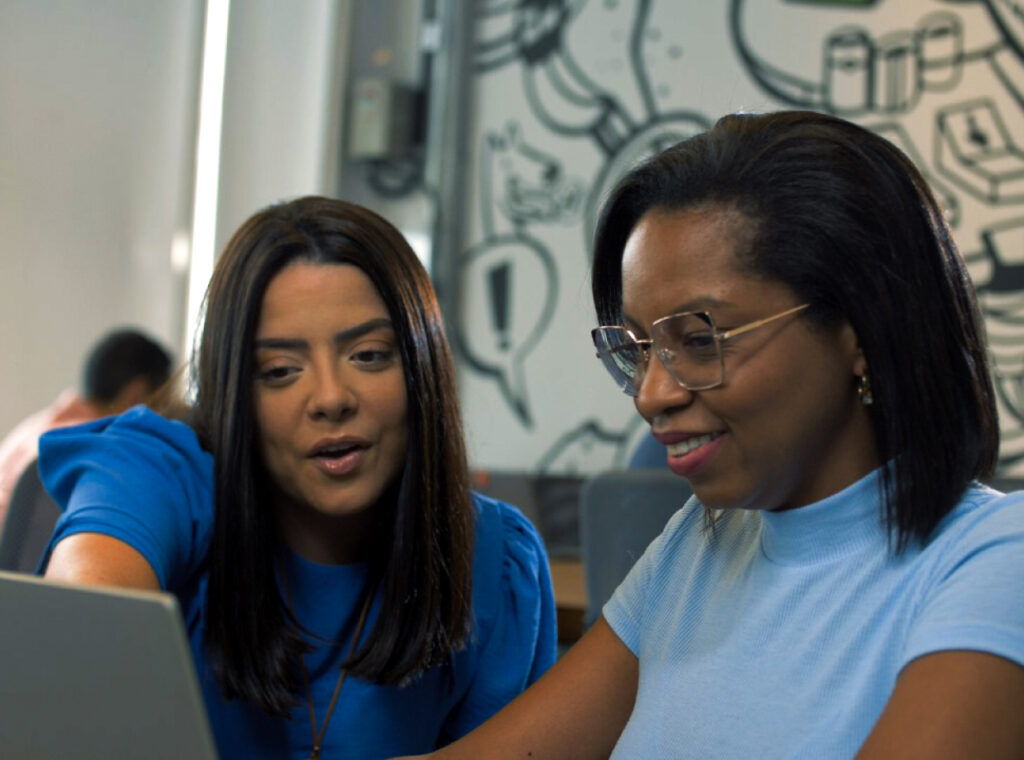They look real, but they are not. Hyper-realistic videos generated by artificial intelligence are transforming the way we create and consume content , and put our perception of what is or not true.
With increasingly accurate algorithms AI is able to produce images and movements that mimic reality with impressive fidelity. This opens a universe of possibilities for creators , media professionals and brands: Telling stories in new ways, reducing production costs and exploring boundless creativity
At the same time, this technology raises important doubts. How to identify what was generated by AI ? What are the ethical limits? And how to ensure that this future is used to inform, entertain, not to deceive?
In this article, we explore the backstage of the creation of these videos , the tools involved, the opportunities and risks of one of the most fascinating (and controversial) advances of artificial intelligence .
What are hyperrealist videos with artificial intelligence?
Hyper-realistic videos with artificial intelligence are a new border in digital media . They recreate reality with impressive details, using advanced algorithms . This technology imitates textures , movements and human expressions with extraordinary precision.
The core of this creation is in machine learning and Deep Learning . With vast amounts of data , these neural networks “learn” to replicate realism convincingly. The result is videos that can fool even the most trained eyes.
Main features of hyper-realistic videos:
- Realistic Textures : Thorough details in skin, hair and scenarios.
- Natural expressions : capture of human emotions convincingly.
- Authentic movements : reproducing fluid and realistic movements.
- Perfect Integration : Combining virtual elements with the real world.
The use of these videos is expanding rapidly. They are used in movies , advertising and even immersive experiences of virtual reality . This technology is redefining quality standards and entertainment .
How AI creates hyper-realistic videos: technologies and processes
The creation of hyperrealist videos with artificial intelligence involves various steps and advanced technologies . high quality visual data collection Images and videos are used as primary sources to train algorithms .
Deep learning is fundamental in this process. Convolutionary neural networks thoroughly analyze the details of the images. They learn to recreate textures and illuminations that are faithful to reality .
After training, AI is able to generate new images . This capacity is improved through adverse general networks (GANS) . They allow AI to create videos that look authentic and coherent.
Technologies involved in the process:
- Convolutionary Neural Networks (CNNS) : To identify complex patterns.
- Adversarial Generative Networks (Gans) : To create realistic images and videos.
- 3D rendering : to simulate realistic environments and objects.
- Deepfake : Technique used to create accurate facial representations.
Computer graphics also plays a crucial role. It is used to refine details and integrate elements generated by AI . This ensures that videos are visually consistent.
This process allows the production of content that challenges human perception. The continuous evolution of AI technologies promises to further improve the quality of hyperrealist videos .
Behind the AI: the human look remains essential
Despite all technological , the creation of hyper-realistic videos depends deeply on human creativity . It is the professional who defines the right prompts , writes scripts , thinks of the guidelines , the scenes and conducts the whole process with intention and purpose.
A great example of this is the Marisa Sésa , created by Raony Phillips . Even with advanced artificial intelligence , it was his creative view that guided the narrative, style and personality of the content. Technology , was a powerful tool in the hands of a creator with a clear idea.

These creations have the potential to transform TV and other forms of entertainment . The future of the media is being shaped by these innovations, but it is still born of the ideas of those behind the screen.
Main tools and platforms for videos with
The creation of AI -fed hyperrealist videos is facilitated by many advanced tools . These platforms are designed for professionals audiovisual enthusiasts and correlated areas. They provide effective means to integrate IA in creative projects .
One of the s software is Deepart . It allows users to turn videos hyper-realistic works of art with just a few clicks. The friendly interface is a great attraction.
Another platform is Runwayml . It combines deep learning algorithms with video editing . This allows the creation of visual effects without programming.
tool list would not be complete without mentioning Synthesia . This platform focuses on creating corporate videos using AI avatars . It is becoming popular for business productions and marketing campaigns .
And, more recently, Veo 3 , developed by Google Deepmind , has stood out. It is able to generate videos with a very high level of realism from text prompts . With significant advances in semantic interpretation and movement rendering , Veo 3 represents a new generation of AI video models , with the potential to revolutionize entertainment , advertising and education .
Read also: Google Veo 3: The Future of Videos by AI in 2025
Popular tools to create videos with AI:
- Deepart
- Runwayml
- Synthesia
- Reface
- Veo 3
These technologies facilitate the production of highly personalized videos . The simplicity of these tools democratizes access to the creation of hyper-realistic content .
The impact of hyper-realistic videos on the creation of internet content
Hyper-realistic videos with AI are redefining how content is created and consumed online. The ability to generate precise and authentic visuals is challenging the traditional way of audiovisual production .
These videos provide immersive experiences that captivate the public. Creators can explore deeper narratives with reduced budgets. Hyperrealism eliminates the need for expensive locations and numerous teams .
Video sharing platforms are observing an increase in AI -generated content . This phenomenon not only diversifies the offer, but also attracts new audiences . Innovation is boosting creativity and expanding the horizons of creators .
However, the emergence of this technology brings challenges. There are concerns about authenticity and possible content manipulation . Platforms must establish clear guidelines for AI -generated content , ensuring integrity and ethics .
Main impacts on the internet:
- Expansion of creativity and innovation
- Production cost reduction
- Increased custom content
- Ethical and regulatory challenges
These videos offer opportunities and challenges simultaneously. They are remodeling the digital scenario significantly and promisingly.
Will hyperrealist videos with IA revolutionize entertainment?
Are hyperrealist videos created with artificial intelligence ready to change the way we consume content ? With each advance, this technology approaches a point of turning into the entertainment .
Imagine TV series where special effects are so perfect that they get confused with real scenes. Or integer movies created by AI , with complex scenarios and digital characters that look like human. Would we be ready to consume this type of large -scale production
The possibilities are almost endless. Producers can explore innovative formats , interactive itineraries and visual experiences that challenge the limits of human creativity . What's more, personalized content , adapted to the taste of each viewer, can become part of everyday life.
But not everything is flowers. With the power of creation of AI also come ethical and regulatory . How to ensure that this technology will be used safely, without manipulating or deceiving the public?
What can we expect from the future?
- Creation of faster and more affordable content
- Personalized experiences according to the viewer's profile
- Hyperrealist and engaging visual effects
- New ethical, regulatory and creative boundaries to be debated
The Age of Videos with AI has started, but are the public , the industry and the creators ready for her?
Challenges: Ethics, Fake News and Copyright
While on the one hand the hyper-realistic videos with gates for a new type of entertainment , on the other they also put us in front of complex dilemmas . Are we ready to deal with the consequences of this advance?
With such visual fidelity , these videos can easily fool the eyes - and the mind. The manipulation of realistic images can feed misinformation , real face fake news and directly impact public debate .
And don't stop there. Copyright questions and misuse of image come into play. Who is the real owner of a video generated by AI ? And what happens when someone's face or voice consent ?
These challenges are not hypothetical - they are already happening. And as technology evolves, urgency grows by clear rules , ethical limits and, especially, responsibility .
The points of attention on the way:
- Videos that can distort reality and influence public opinion
- Unauthorized use of visual or sound identity of real people
- Legal gaps on intellectual authorship and property
- Lack of guidelines for safe and ethical use of technology
The question that remains is: how to balance creative freedom with social responsibility ? The future of the videos with AI is exciting, but will only make sense if it comes with conscience .
You can also be interested: data governance: what it is and why it is important to your company
What changes to creators and media professionals?
With so many possibilities available, it is inevitable to ask: How content creators and media professionals be impacted by this new AI videos ?
On the one hand, the opportunities are encouraging. More affordable tools faster production , high -level visual effects new forms of narrative . The technology is opening doors that, until recently, seemed locked on seven keys - especially for those starting.
On the other hand, there are traps on the way. When facilitating so much production , we risk trivializing the content ? the AI excess dependence make the human touch , unique and subjective, lose space? And how to ensure authenticity amid so many productions generated by machines ?
A new balance to be built:
- More space for creativity, with fewer technical barriers
- Accessibility for new talents and experimental formats
- Risk of homogenization of content and loss of emotional authorship
- Ethical and legal challenges that do not yet have clear answers
We are facing a decisive moment . AI can expand the voice of many, as long as it does not silence the originality of those who create.
Can you know what is real?
With increasingly convincing hyperrealist videos real ? Or rather, does it still matter?
While the line between authentic and artificial becomes increasingly tenuous, learning to identify videos generated by IA becomes an essential skill. Some clues still deliver the synthetic origin: strangely soft or abrupt movements, shadows out of place , too uniform textures , or a slight mismatch between image and sound .
But the truth is that these flaws are getting more and more subtle. In a short time, the signs may disappear completely.
Some tracks (for now):
- Movements that seem artificial or poorly natural
- Reflexes, shadows and textures with small inconsistencies
- Audio that does not align the image perfectly
As technology advances, the critical and informed look will be the public's main ally - not to reject innovation, but to navigate it consciously .
And now? What to expect from the future of creation with AI?
We have reached a point where the question is no longer if AI will transform the way we create content , but how we will position ourselves in the face of it .
Artificial intelligence offers a new creative language , capable of expanding voices , reinventing formats and enhancing ideas . But every new language comes with the responsibility of knowing how to use it.
Breeders , companies , platforms and users balance between innovation and ethics , creative freedom and collective responsibility together . The future of the media will not only be made by machines , it will be shaped by the way humans and technology learn to collaborate .
In summary:
- AI can release creative potential as never before
- Ethical, legal and cultural challenges need to walk together
- The future will be made from the union between human intuition and artificial intelligence
The question that remains is: Are you ready to create the future, or just watch it happen?
Author
-

Raquel is a marketing director with 15 years of experience in high growth B2B companies. It works in the development of integrated demand generation strategies, ABM, content and brand positioning, with expansion focus and acceleration of results. Throughout his career, led teams, boosted releases, and supported the entry into new markets. He believes marketing goes far beyond numbers, is about connecting people, solving problems and accelerating success stories.




